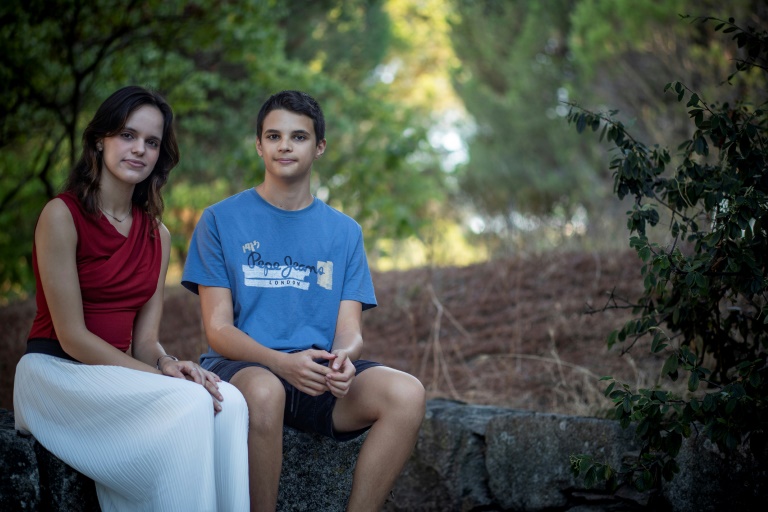Venus’s history and the potential for habitability have captivated researchers.
Venus displays a unique rotation pattern, opposite to that of other planets in the solar system, leaving astronomers puzzled. One plausible explanation suggests that the gravitational influence of an ancient moon with a backward orbit could have caused this phenomenon.
To explore this hypothesis further, Valeri Makarov from the United States Naval Observatory in Washington DC and Alexey Goldin from Teza Technologies in Chicago conducted a series of computer simulations, unravelling the mysteries of Venus’s peculiar rotation within the context of the chaotic early solar system, New Scientist reported.
The focus of their research was to explore the hypothesis of an ancient moon influencing this peculiar occurrence. Their findings suggest that the gravitational pull exerted by an ancient moon with a backward orbit could be responsible for Venus’s distinctive retrograde rotation. This study provides insights into the intricate dynamics of the early solar system, characterized by chaos and high-speed movements of celestial bodies.
Venus’s history and the potential for habitability have captivated researchers. Although the planet currently exhibits harsh conditions, marked by extreme temperatures and elevated atmospheric pressure, there is a theoretical chance that Venus could have supported life in the past. Unfortunately, the study of Venus’s history poses a considerable challenge due to limited data and exploration missions.
In early science fiction, Venus was often envisioned as sharing similarities with Earth and Mars before their developmental paths diverged. Scientists are now delving into climate models of Venus to unravel the factors that contributed to its current inhospitable environment.
However, according to BBC, the Solar System is a cluttered place with lots of high-speed objects, such as comets and asteroids, that can potentially collide with planets. The report says that during the early stages of the Solar system, Venus could have been hit by a celestial object similar in size to itself that sent it spinning in the opposite direction.







